Present Simple and Present Continuous
Презентація пояснює використання граматичних часів Present Simple та Present Continuous для вираження теперішньої дії.
Present
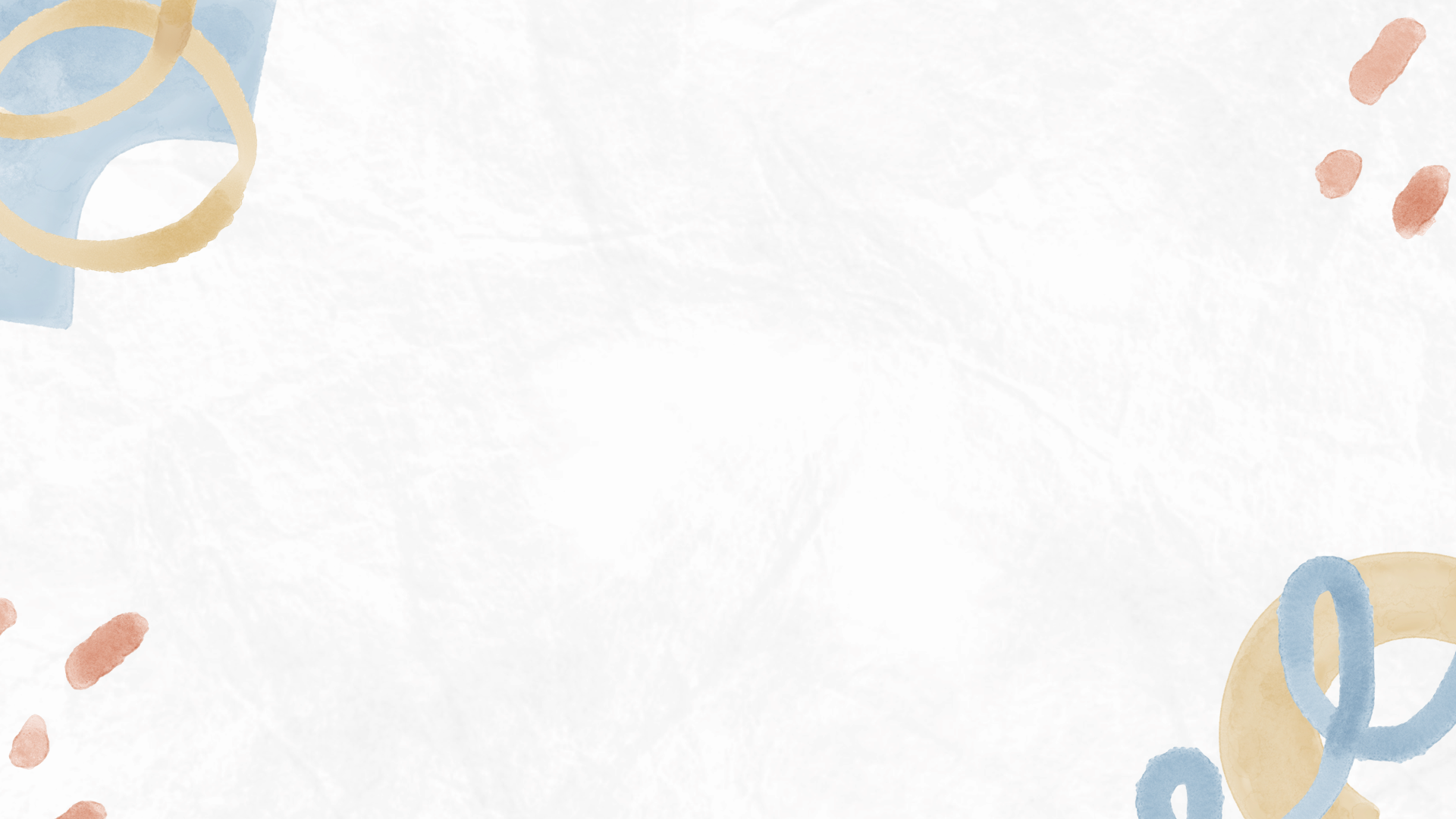 Simple and Present
Simple and Present
Continuous
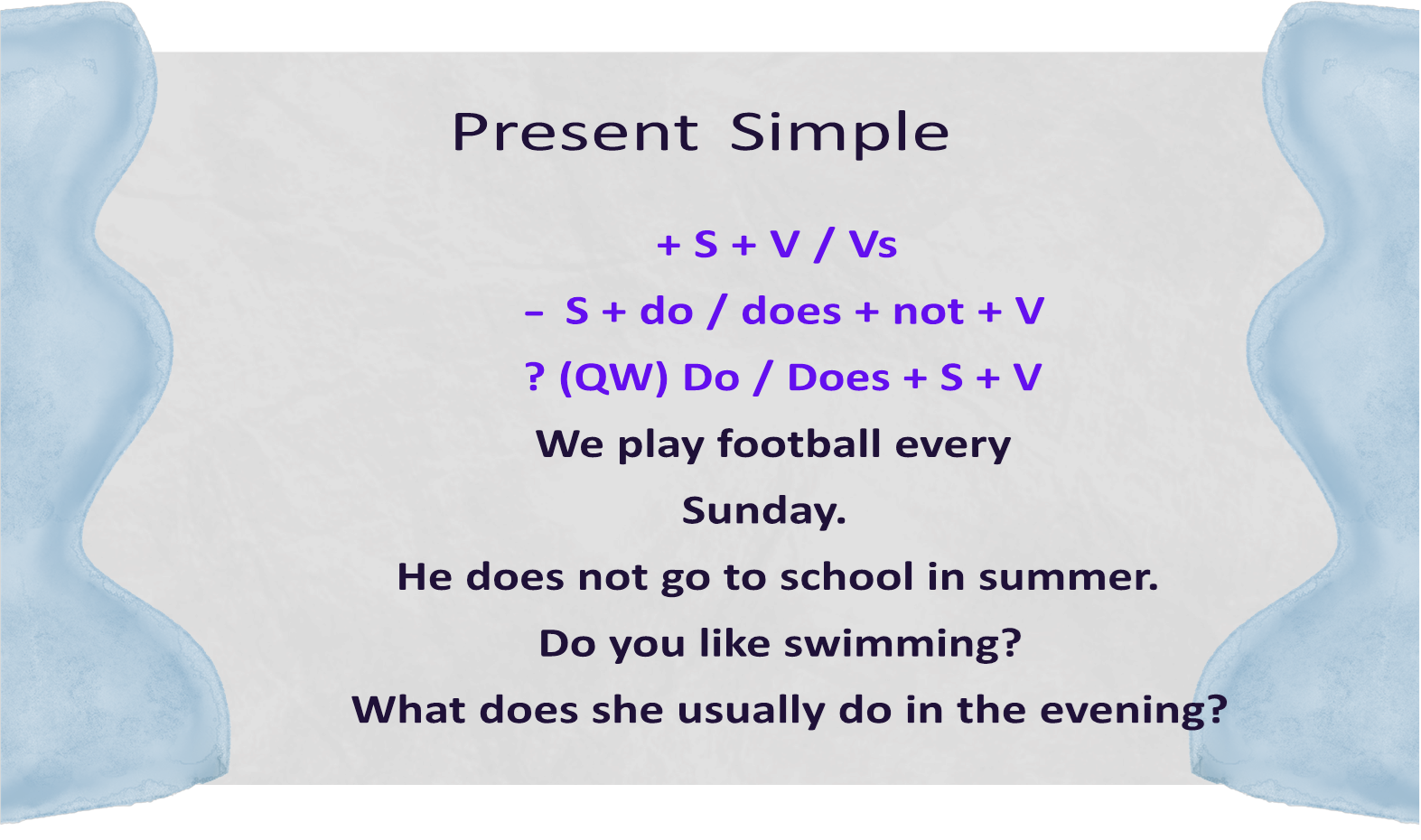
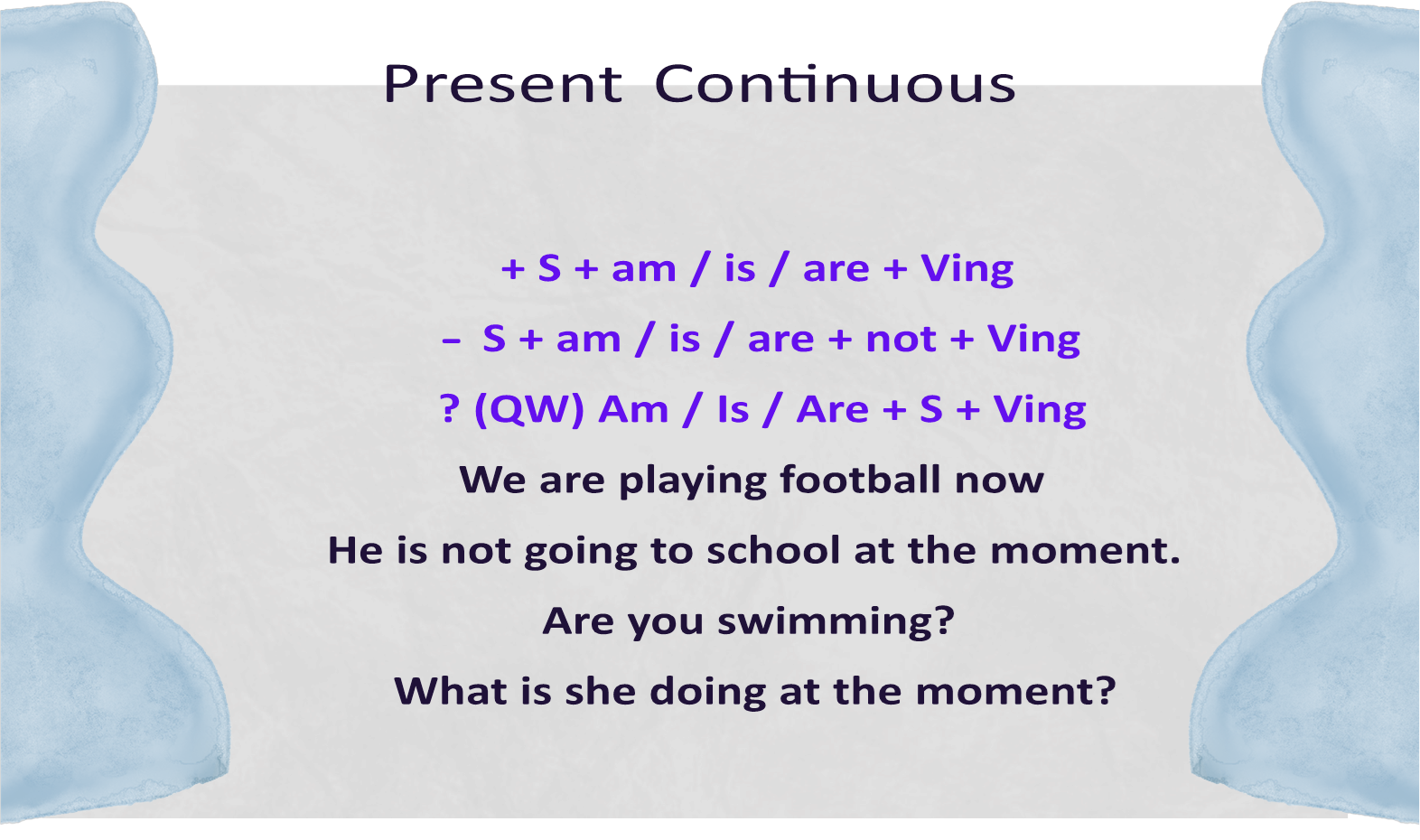
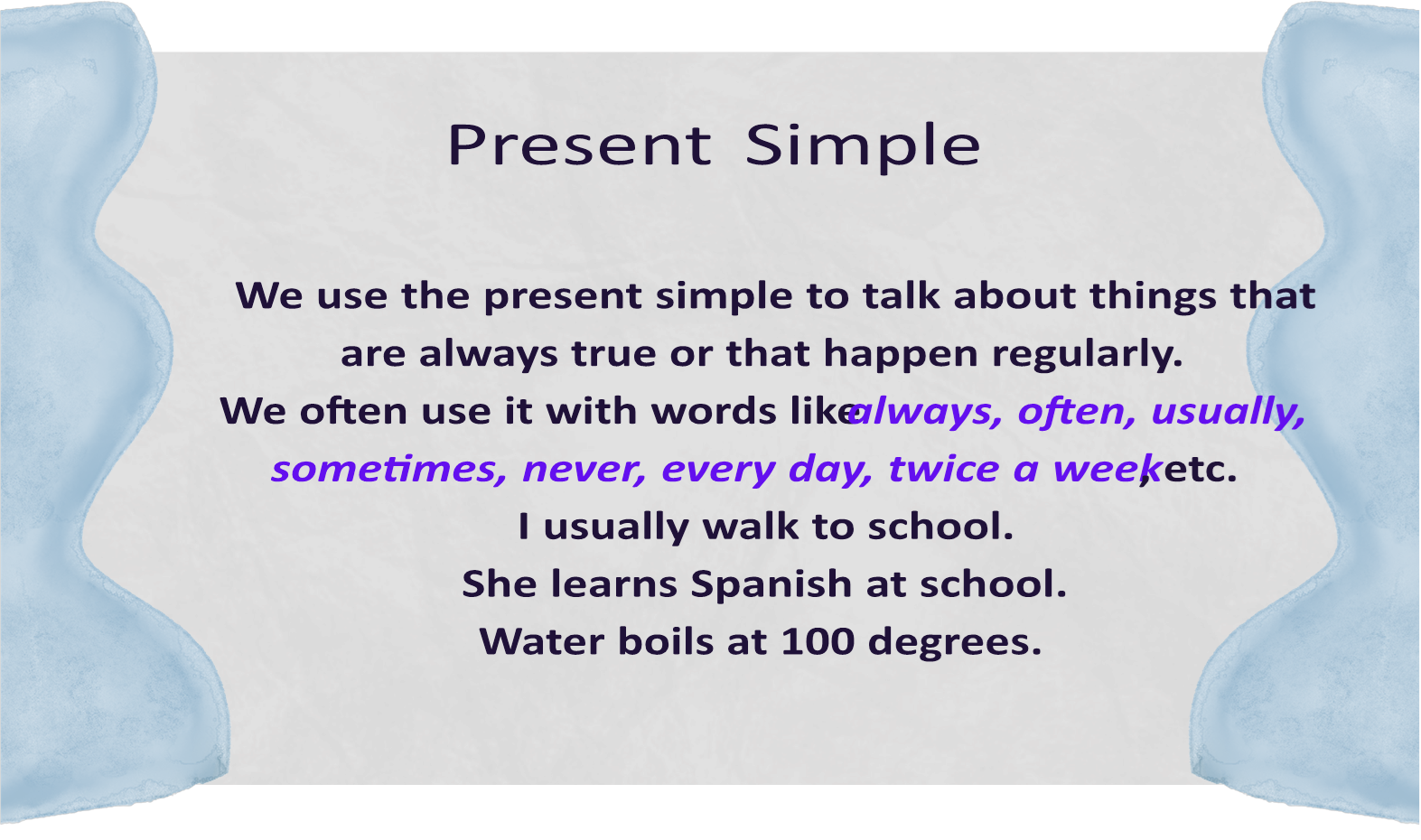
Present Simple spelling: third person — s
In present simple, the verb changes only in third person singular (he, she, it, a person, a thing), where it gets the suffix -s or -es.
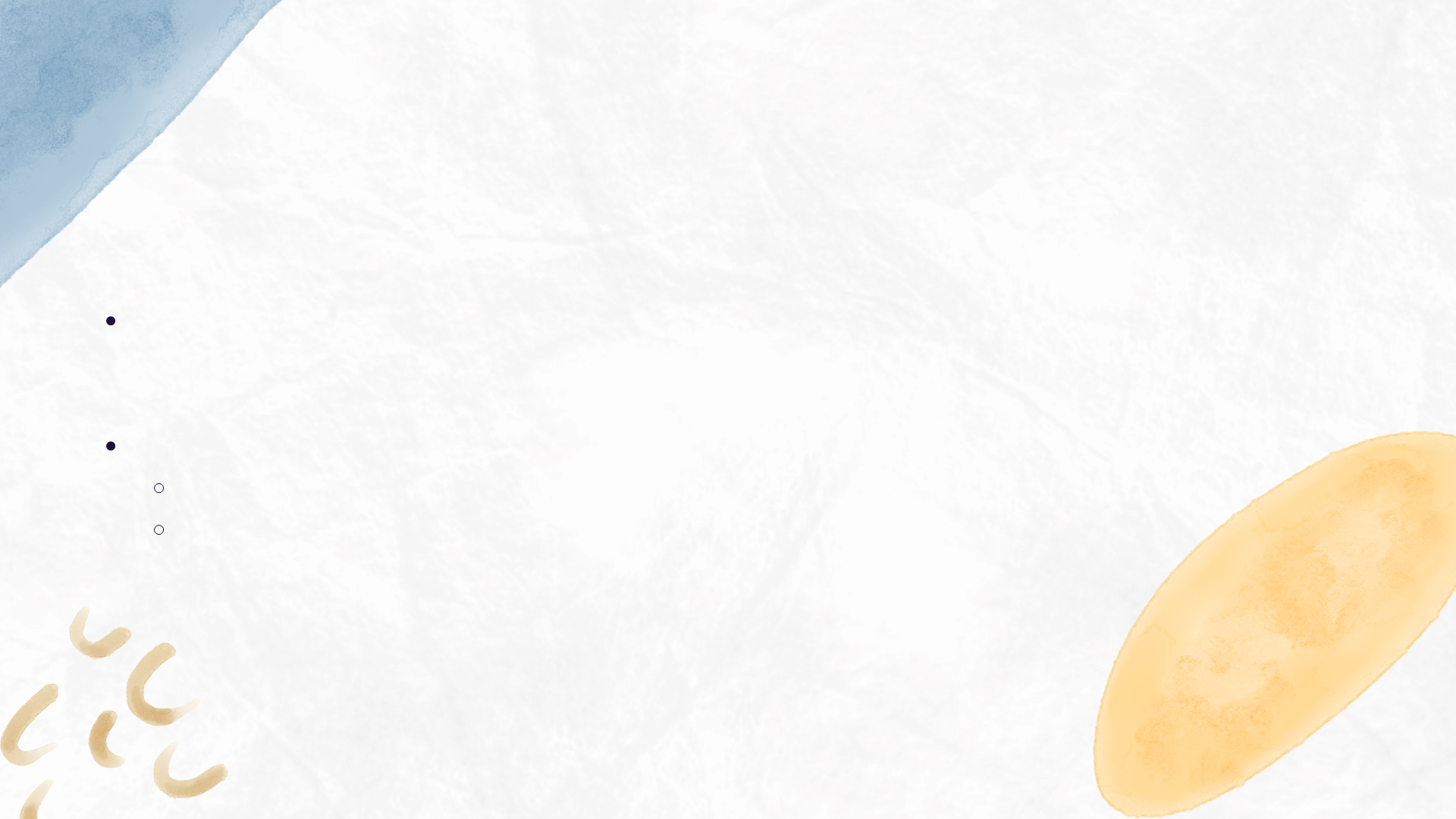 When the verb ends with consonant + y, you have to change the y to i and then add -es. Fly → flies / carry → carries / copy → copies
When the verb ends with consonant + y, you have to change the y to i and then add -es. Fly → flies / carry → carries / copy → copies
Enjoy → enjoys (no change, because the verb ends with vowel o + y) When the verb end with s, ss, ch, sh, x, or o, you have to add -es.
Wash → washes / pass → passes / relax → relaxes / do → does
Here are the present tense forms for two important verbs (be and have):
BE: I am; he, she, it - is; you, we, they - are.
HAVE: I, you, we, they - have; he, she, it - has
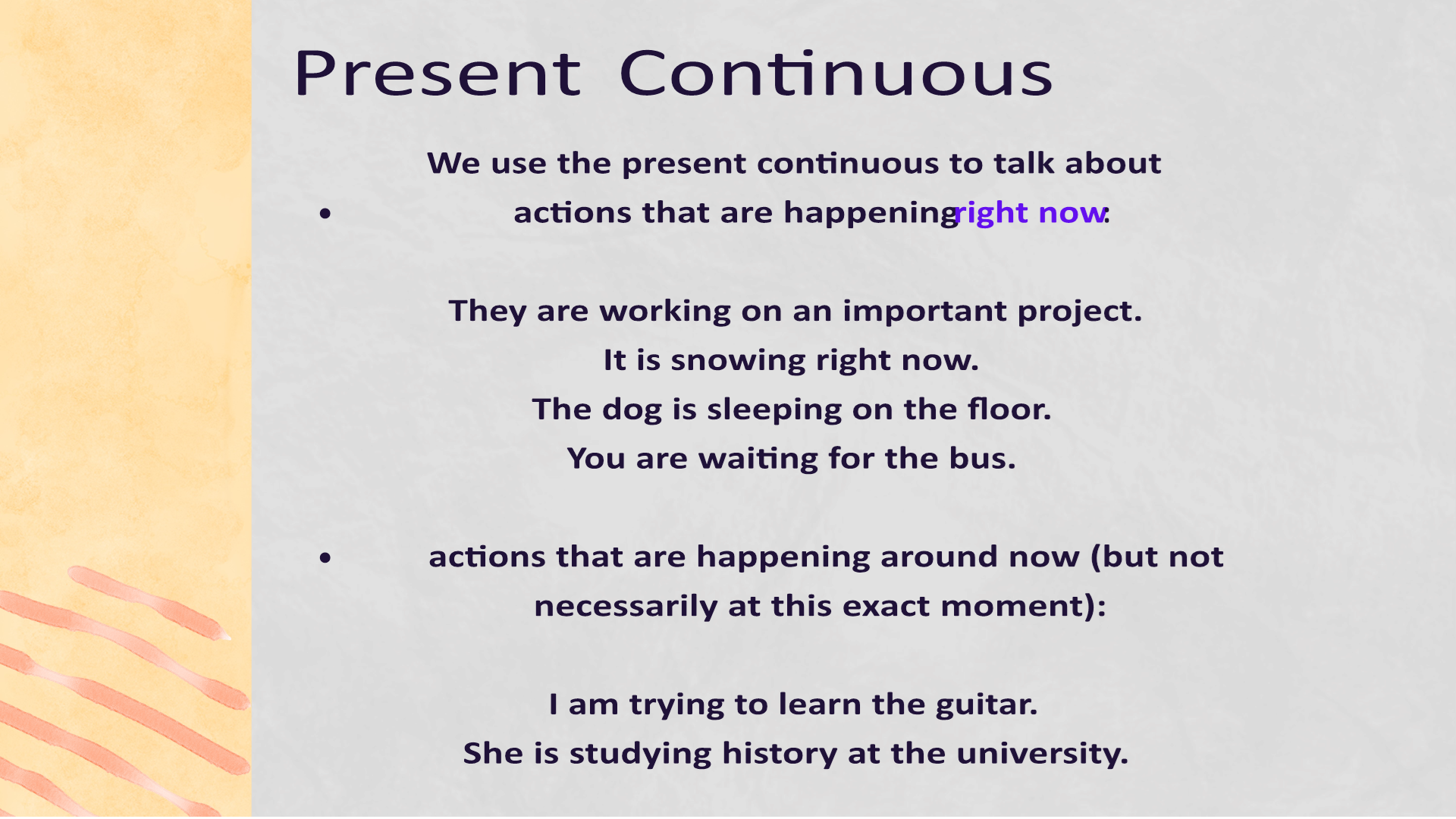
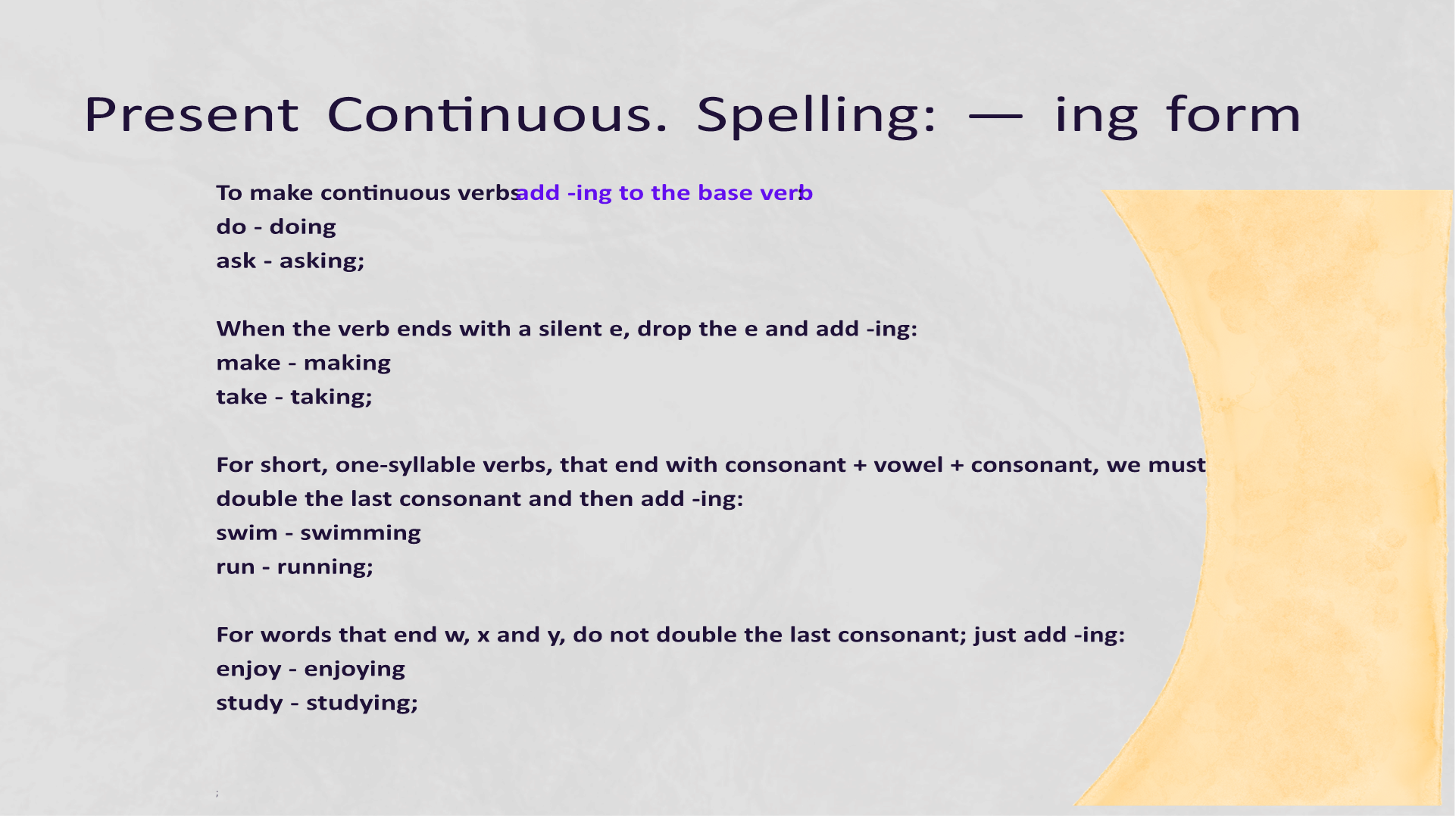

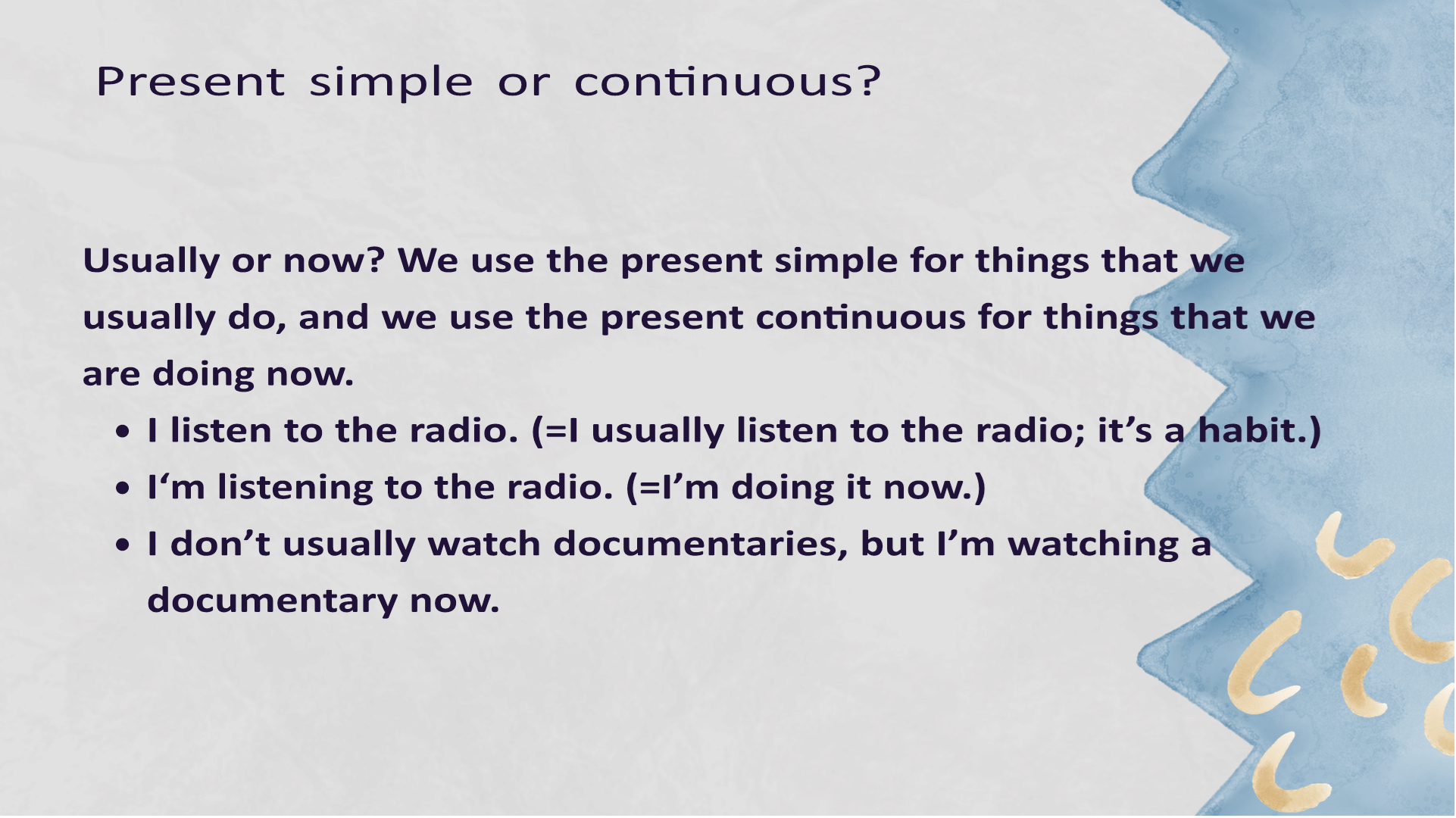
Temporary or permanent?
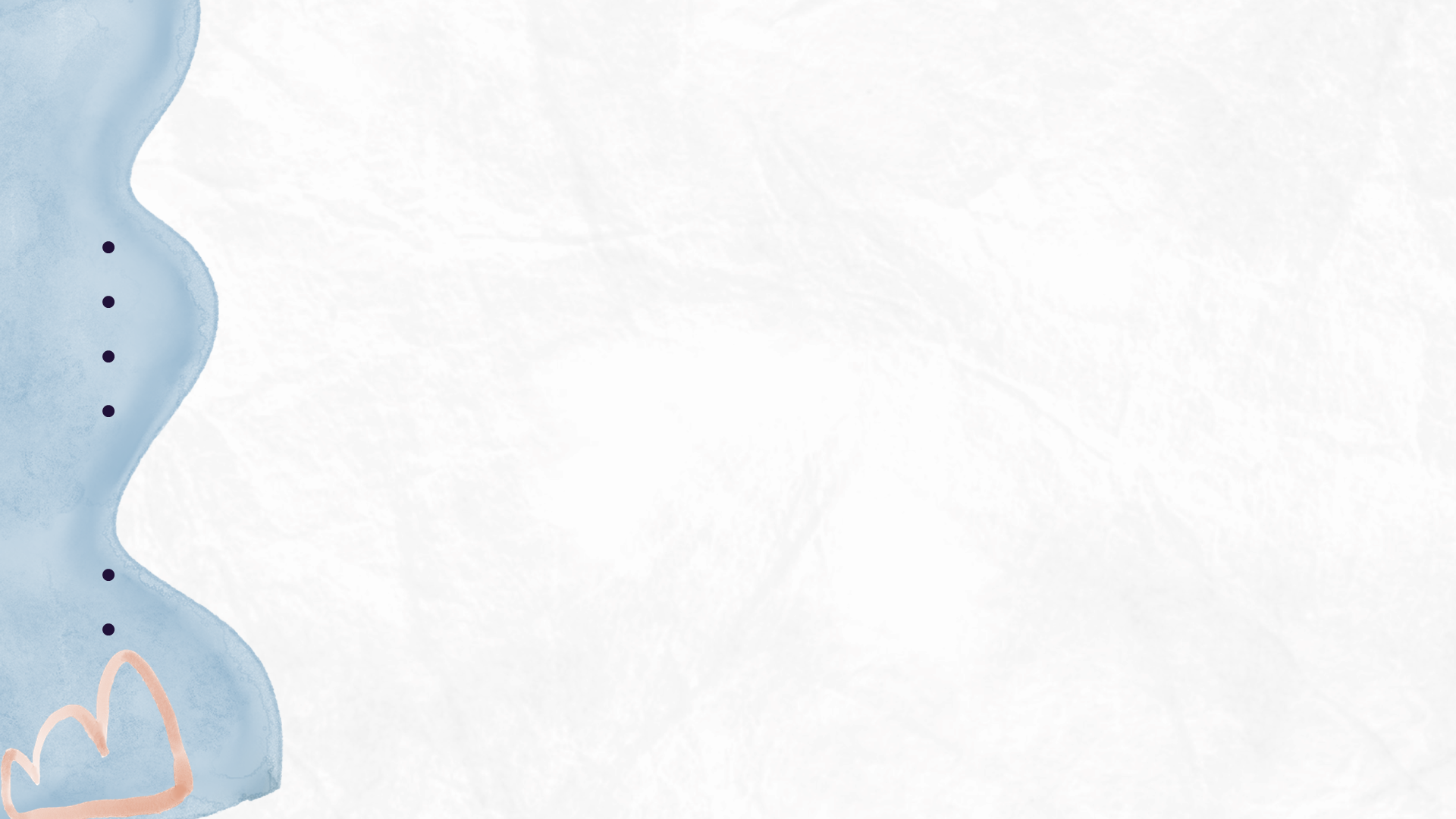 We use present simple when a situation is permanent or present continuous when a situation is temporary.
We use present simple when a situation is permanent or present continuous when a situation is temporary.
I work in an office. (=Permanent situation.)
I‘m working in an office. (=Temporary situation.)
I live in Edinburgh. (=Permanent situation.)
I‘m living in Edinburgh. (=Temporary situation.)
What do you do?/What are you doing? What does Erik do? (=What is his job?)
What is Erik doing? (=What is he doing now, at the moment of speaking?)
Verbs we don’t usually use in the Continuous
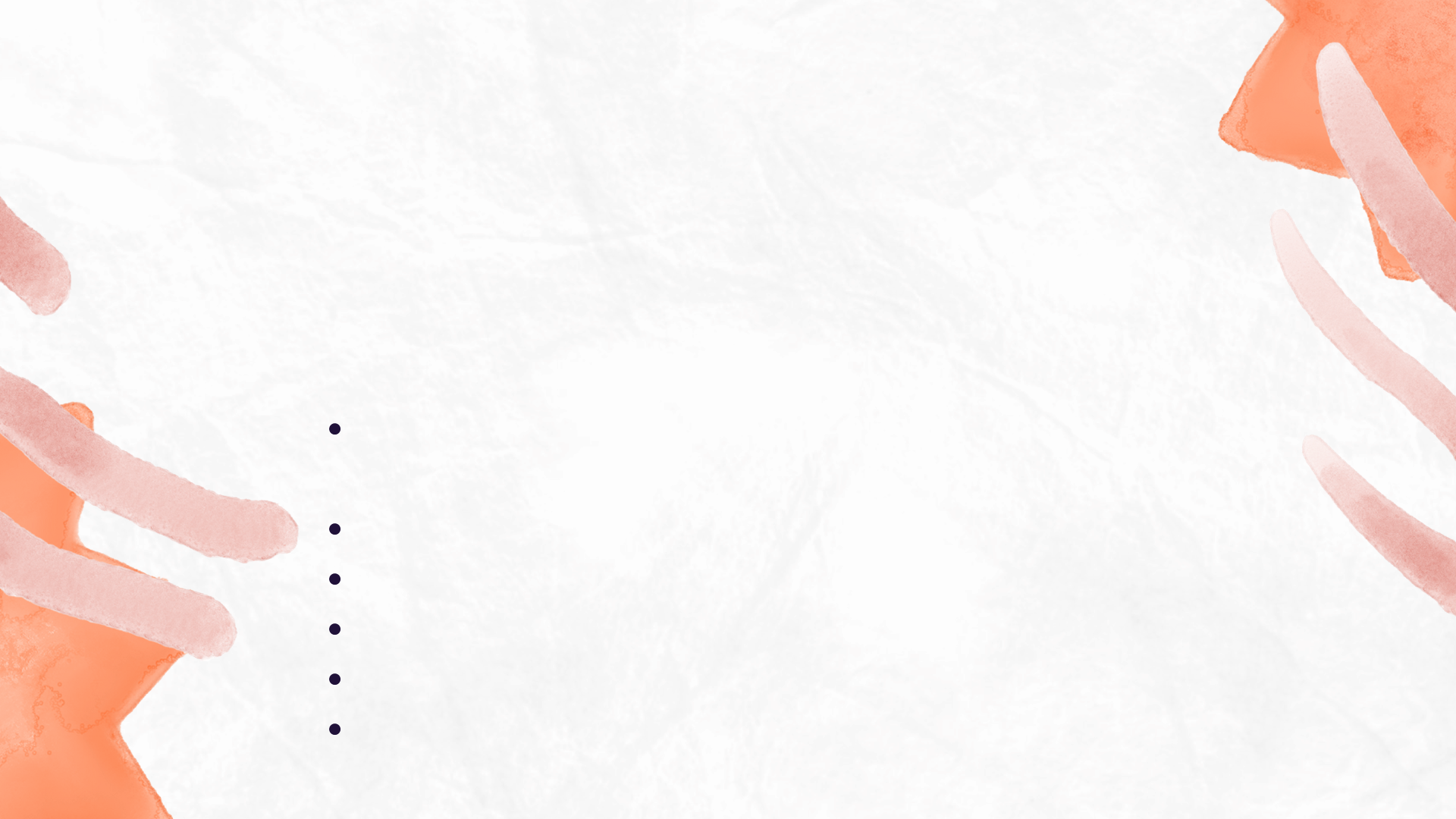 Some verbs are not used in the present continuous, because they indicate a state rather than an action. These verbs can be organized into several categories of stative verbs:
Some verbs are not used in the present continuous, because they indicate a state rather than an action. These verbs can be organized into several categories of stative verbs:
Mental states – think, understand, believe, doubt, know, prefer, remember, want
Emotional states– like, love, hate
Senses – see, hear, smell, taste, feel, seem, sound Possession – have, own, possess
Communication – agree, disagree, mean, promise
Other states – be, need, owe, cost, depend, matter
For example:
I understand this grammar lesson. (NOT: I am understanding this grammar lesson.)
I agree with my sister. (NOT: I am agreeing with my sister.)
You have two cats. (NOT: You are having two cats.)
The bag costs $50. (NOT: The bag is costing $50.)
 **In some cases, the verbs from the stative verb list can be used present continuous, but the meaning will be slightly different. The stative verb in the simple present indicates a permanent or long-lasting state. The present continuous verb indicates a temporary action happening right now.
**In some cases, the verbs from the stative verb list can be used present continuous, but the meaning will be slightly different. The stative verb in the simple present indicates a permanent or long-lasting state. The present continuous verb indicates a temporary action happening right now.
Smell
The pizza smells delicious! (a sense)
Julie is smelling the pizza. (an action)
Think
I think Italian is a beautiful language. (a mental state)
I am thinking about my next vacation. (an action)
Be
He is friendly. (a state of his personality)
He is being friendly. (an action that he is doing right now)


про публікацію авторської розробки
Додати розробку
